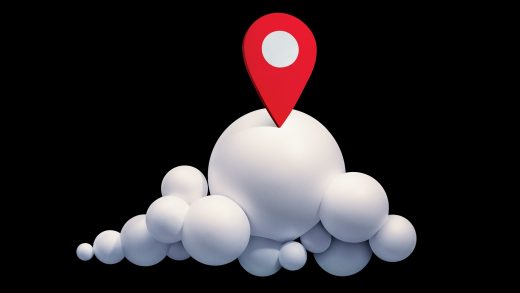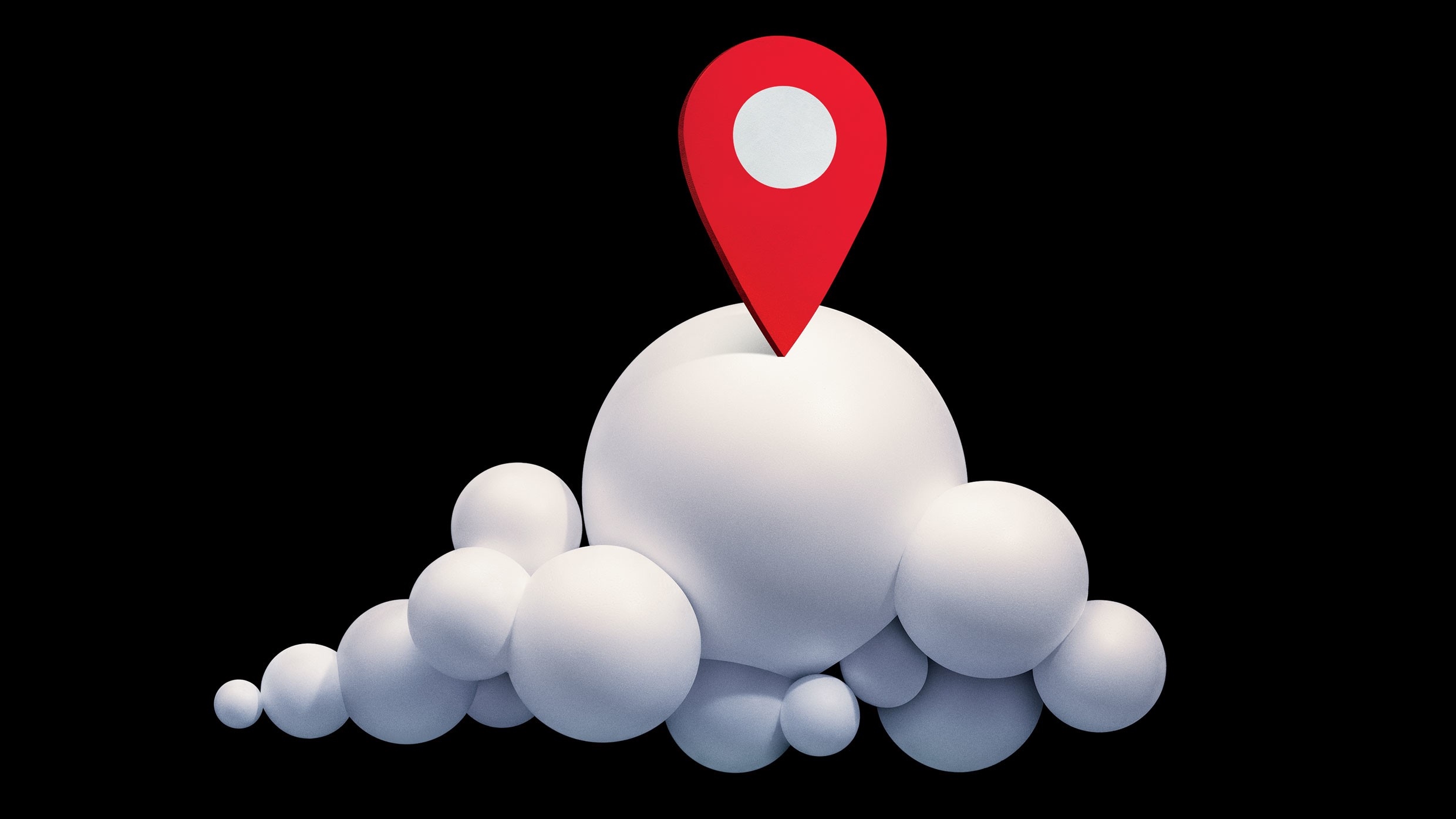How cities are using hyperlocal weather forecasts to save money
Snow days are fun for kids—and costly headaches for city planners. The city of Montreal alone spent nearly $145 million last winter to clear 14 million cubic meters of snow from its streets; in New York City, each inch of snow costs an average of $1.8 million to remove. “There are so many inefficiencies in the snow removal process,” says Shimon Elkabetz, cofounder and CEO of Boston-based ClimaCell, in part because most weather models lack the specificity that cities need to determine when and where to lay down salt and sand and how best to deploy their snowplows. The three-year-old company is changing that with a micro-weather-forecasting product called HyperCast, which predicts things like temperature, precipitation, humidity, visibility, and lightning strikes for locations as precise as a neighborhood, airport, city block, or even construction site. Instead of relying exclusively on NOAA radar data, as other forecasting services do, ClimaCell also gathers information from closer-to-the-ground sources: cell towers, street cameras, connected vehicles, and internet of things devices such as smart garbage cans situated throughout a city. The idea: find ways to turn existing infrastructure into virtual weather sensors (see below). Last winter, several North American municipalities began piloting ClimaCell’s hyper-targeted snowfall models—which forecast accumulation, road conditions, and the parts of a city that will be most affected and disrupted—to better clear their streets and predict snow days. A handful of monsoon-prone cities in India, where weather forecasting has generally been less reliable than in North America, are testing ClimaCell’s flood alerts. The company’s enterprise clients, meanwhile, include airlines (Delta, JetBlue), stadiums (Boston’s Gillette), and trucking and construction companies, which depend on accurate forecasts to plan their operations. ClimaCell also recently launched a consumer-facing app. It promises, among other things, to help everyday people figure out when to start shoveling their driveways.
The Weather of Things
To develop its forecasts, Climacell taps into the real-time data that devices send back to their manufacturers.
1. Street cameras
Already planted throughout a city, cameras can record precipitation levels and changes in visibility.
2. Connected cars
For insight into on-the-ground conditions, ClimaCell gets aggregate data on fog-light usage and wiper speeds from carmakers.
3. Drones and airplanes
The company’s airline partners provide data on wind, humidity, and temperature.
4. Cell towers
Atmospheric disruption of cell-tower transmissions can point to broader changes in weather patterns.
A version of this article appeared in the November 2019 issue of Fast Company magazine.
Fast Company , Read Full Story
(27)



